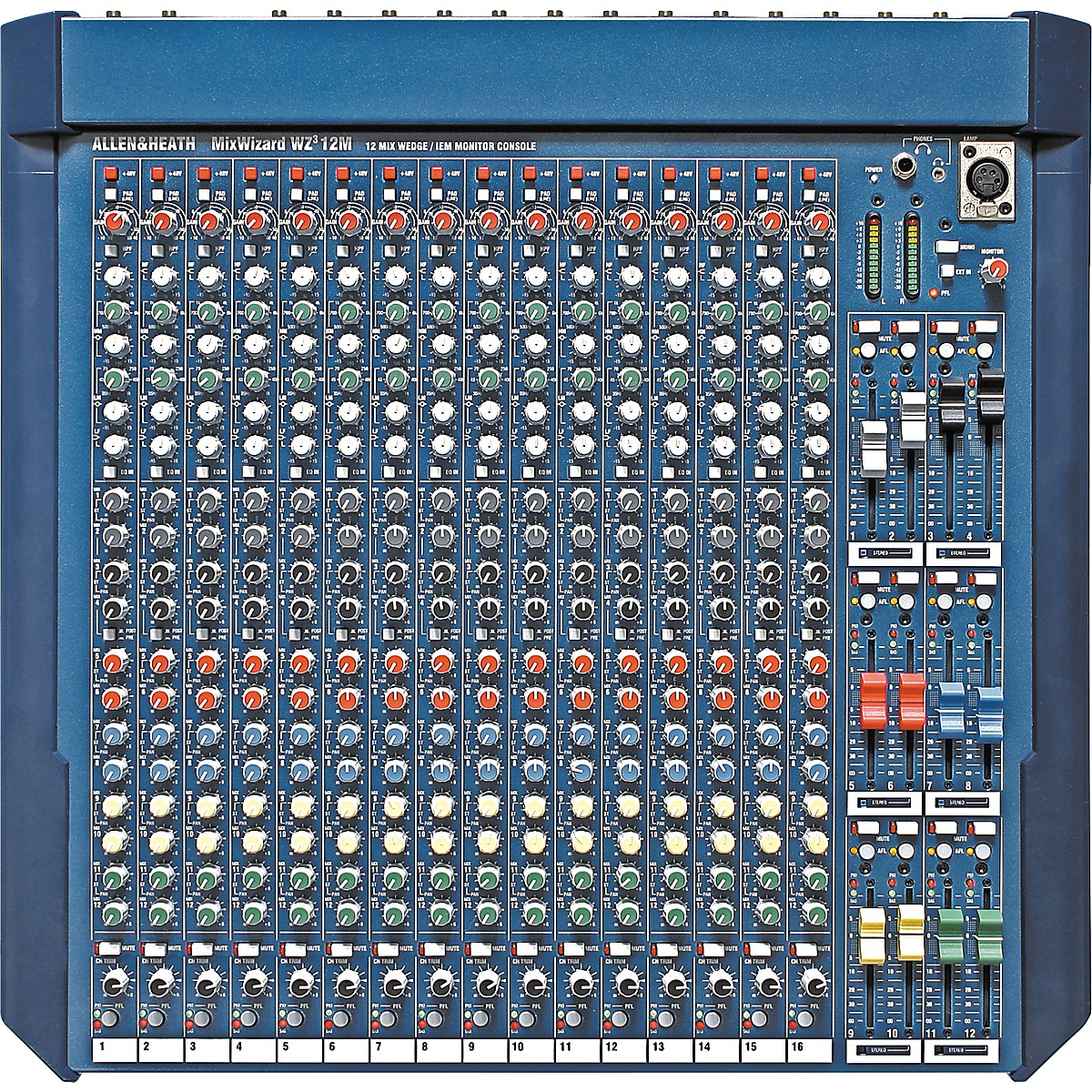

Each of these knobs allows you to adjust the level of its frequency band. Most mixers have a three-band EQ with the knobs for treble (hi), midrange (mid) and bass (low). (For more information on setting the volume level, see this article.)Īfter the Gain, the signal goes to the EQ (4). So if the record is too quiet, you boost it with Gain, and vice versa. Gain’s purpose is to allow you to make sure that all signals coming into the mixer are of about the same overall volume. This knob sets the sound level of its channel.

The first knob that the signal from the turntable encounters is Gain, also known as Trim (3). Special input switches (2) (see photo below) allow you to choose which one of the channel’s inputs currently feeds it the signal. Most often, there are two – Phono, for hooking up a vinyl turntable, and Line In, for hooking up a CD player or a computer. Incidentally, the mixer has several inputs for each channel. Those may be, for example, vinyl turntables, CD decks, or a laptop. So, the mixer has two channels, CH-1 and CH-2, to whose inputs (1) the players are hooked up. Note that for the sake of simplicity, this diagram doesn’t include the crossfader, the headphone output section, or secondary controls. The diagram below shows how the sound signal from the turntables travels through the mixer and what knobs, faders and other controls it encounters on its path. Instead of talking about each mixer control separately, I’ll try to cover the bigger picture. In this article, I’ll tell you about the most important controls found on a DJ mixer as well as the device’s features. With a mixer, the DJ mixes and routes the sound coming from the decks, and it’s the mixer that allows them to perform many of those cool DJ tricks. The mixer is the core part of any DJ setup.


 0 kommentar(er)
0 kommentar(er)
